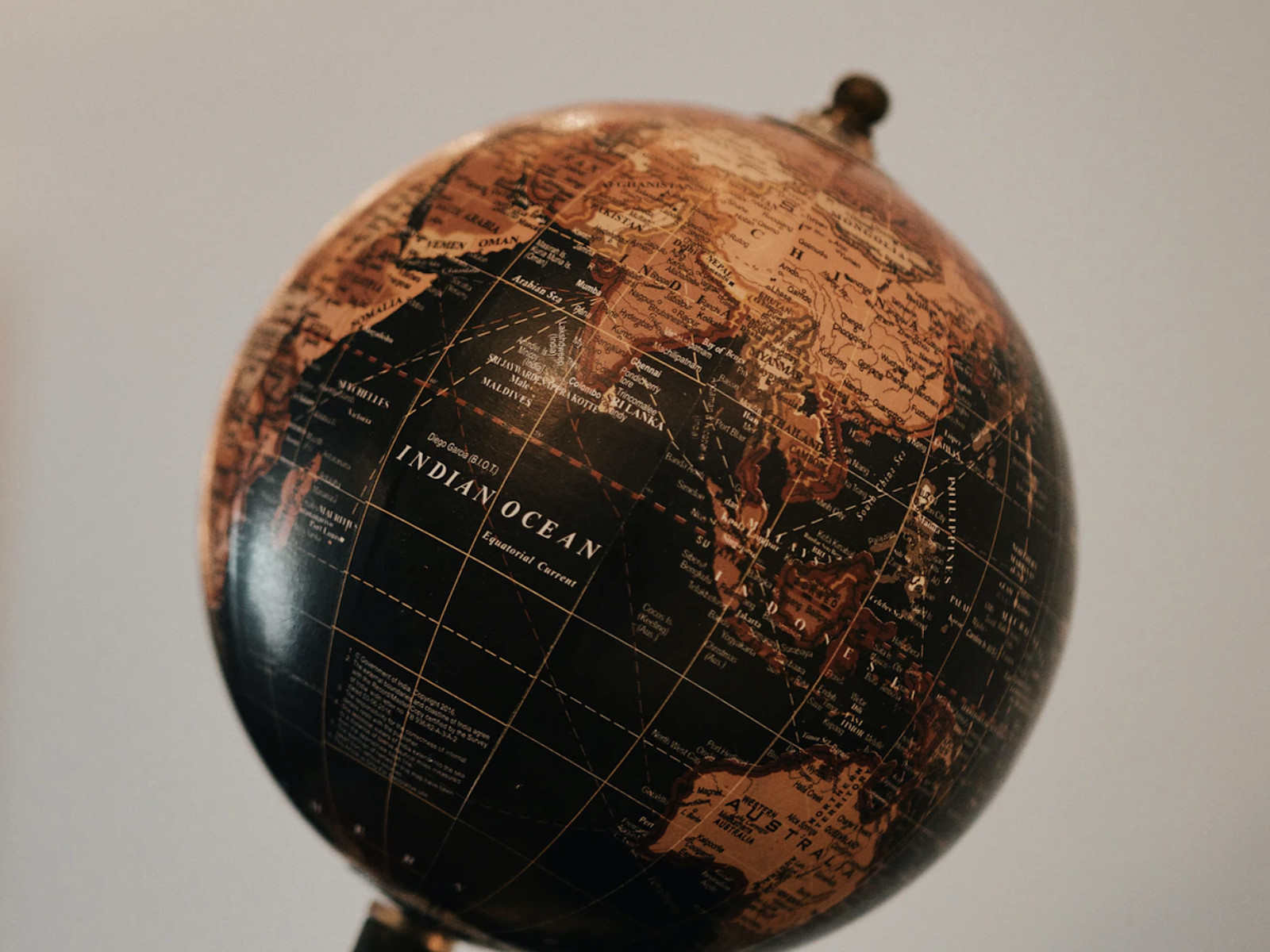What NYC Can Learn from the World About Reopening Schools

New York City is one of the world’s largest school districts. As officials and families grapple with what it means to reopen schools in September, there’s a lot to be learned not just from other urban districts or states, but also countries.
In a report issued by UNESCO, the World Bank, UNICEF and the World Food Program, these international organizations argue that reopening schools must be done cautiously, with attention paid primarily to public health risk. They place great emphasis on ensuring that children who live in poverty receive the additional kinds of support they will need to avoid further disruption to their learning.
One of the key factors in ensuring that schools can provide for children nimbly, particularly as the possibility of additional waves of the pandemic looms, is to establish thoughtful remote learning strategies. Countries like France, South Korea, the United Kingdom, and Mexico all have creative remote learning models either underway or in the works.
In New York, we have witnessed an emergency model of remote learning, which is perhaps necessary during a pandemic but is not sustainable for the long-haul. And the haul might be longer than we wish to believe. Here is how UNESCO and others say we can ensure remote learning is refined and sustainable:
Increase investments in remote learning (1) to prepare for future rounds of school closings, (2) to strengthen teaching and learning where closures remain in effect and (3) to supplement instructional hours with a blended model where schools may be operating on partial or otherwise adapted schedules. Include increased funding for teacher capacity-building and training.
In the coming weeks and months, we should expect to see versions of these steps being taken. What more can New York City learn from the world when it comes to opening schools? Read the full set of guidelines here.
Tell us what you think about the international guidelines. Do some suggestions apply more than others? Leave us a note in the COMMENTS!
Please Post Comments